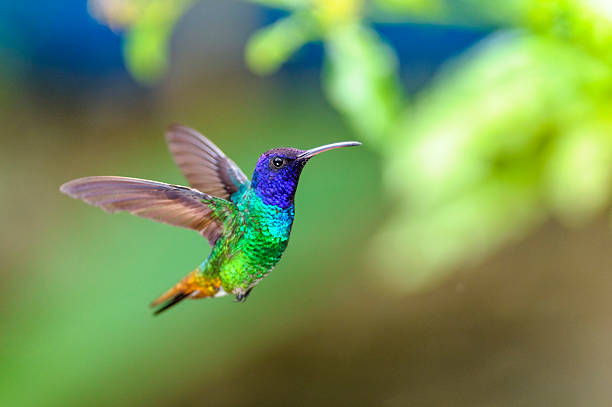The Remarkable Rehabilitation and Recovery of Rescued Exotic Birds
Parrots, macaws, cockatoos, and other exotic birds are often victims of the illegal pet trade, suffering in conditions far removed from their native habitats. This article delves into the inspiring world of bird rescue centers that rehabilitate and reintroduce them to the wild, focusing on the techniques used, the challenges faced, and the ultimate triumph of these feathery survivors.

A Hidden Crisis: The Plight of Exotic Birds
Exotic birds, with their vibrant plumage and captivating songs, have long been targets for illegal pet traders. Trapped and transported in deplorable conditions, these birds suffer physical and psychological trauma. Many are deprived of their innate need to fly, causing their muscles to atrophy. This grim reality is an ongoing crisis, often overshadowed by higher-profile wildlife conservation issues.
The Heroes of the Hour: Bird Rescue Centers
To counter this crisis, numerous bird rescue centers have emerged worldwide. These non-profit organizations are committed to the rescue, rehabilitation, and, when possible, the reintroduction of exotic birds to their natural habitats. Their work ranges from providing emergency medical care to implementing long-term rehabilitation strategies.
Healing Wings: Methods of Rehabilitation
Rehabilitation is a meticulous process requiring patience and expertise. Birds are initially treated for any physical injuries and malnutrition. Once stable, they undergo physical therapy, often involving flight training in large aviaries. Equally important is their emotional healing, achieved through socialization with other birds. Some birds, too traumatized or habituated to humans, cannot be released and become permanent residents, receiving lifelong care.
The Triumph of Flight: Successful Reintroductions
Despite the challenges, many rehabilitation stories culminate in the exhilarating moment when a bird takes flight again in its native habitat. Such moments are a testament to the resilience of these creatures and the dedication of their carers. Several bird rescue centers have reported successful reintroductions, contributing to the stabilization of threatened bird populations.
Market Impact and Price Range: A Necessary Investment
The operation of bird rescue centers requires significant funding. Costs include medical treatments, food, housing, personnel, and reintroduction programs. While the financial investment is substantial, the return—in terms of biodiversity conservation and animal welfare—is immeasurable.
In this era of rampant wildlife trafficking, the work of bird rescue centers is more crucial than ever. By nursing these feathered victims back to health and facilitating their return to the wild, these organizations are not just rehabilitating individual birds—they are playing a vital role in the preservation of our world’s incredible biodiversity.




